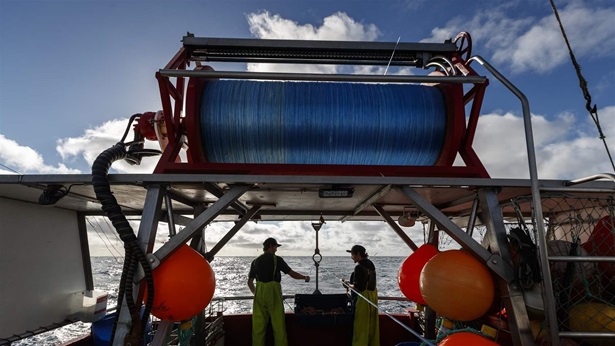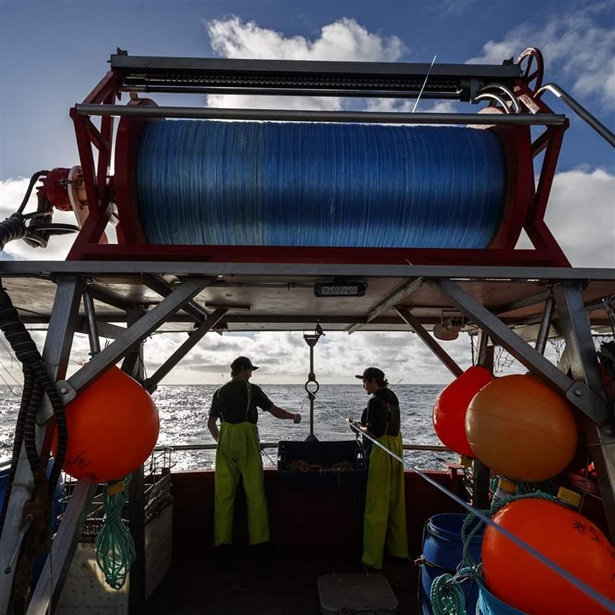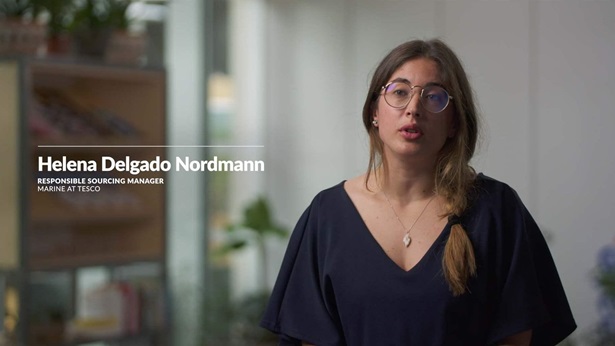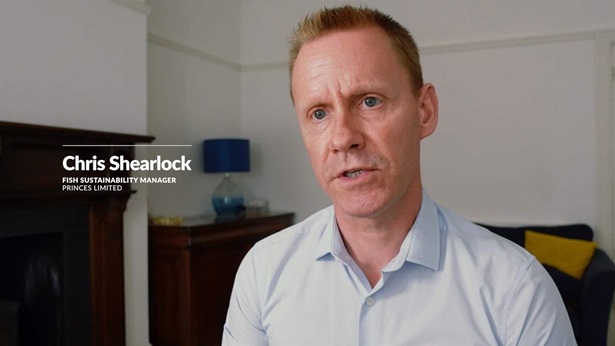In the Pacific Ocean, One of the World’s Most Popular Fishes Could Use a Management Makeover
Nimble, science-based oversight of skipjack tuna could improve long-term sustainability
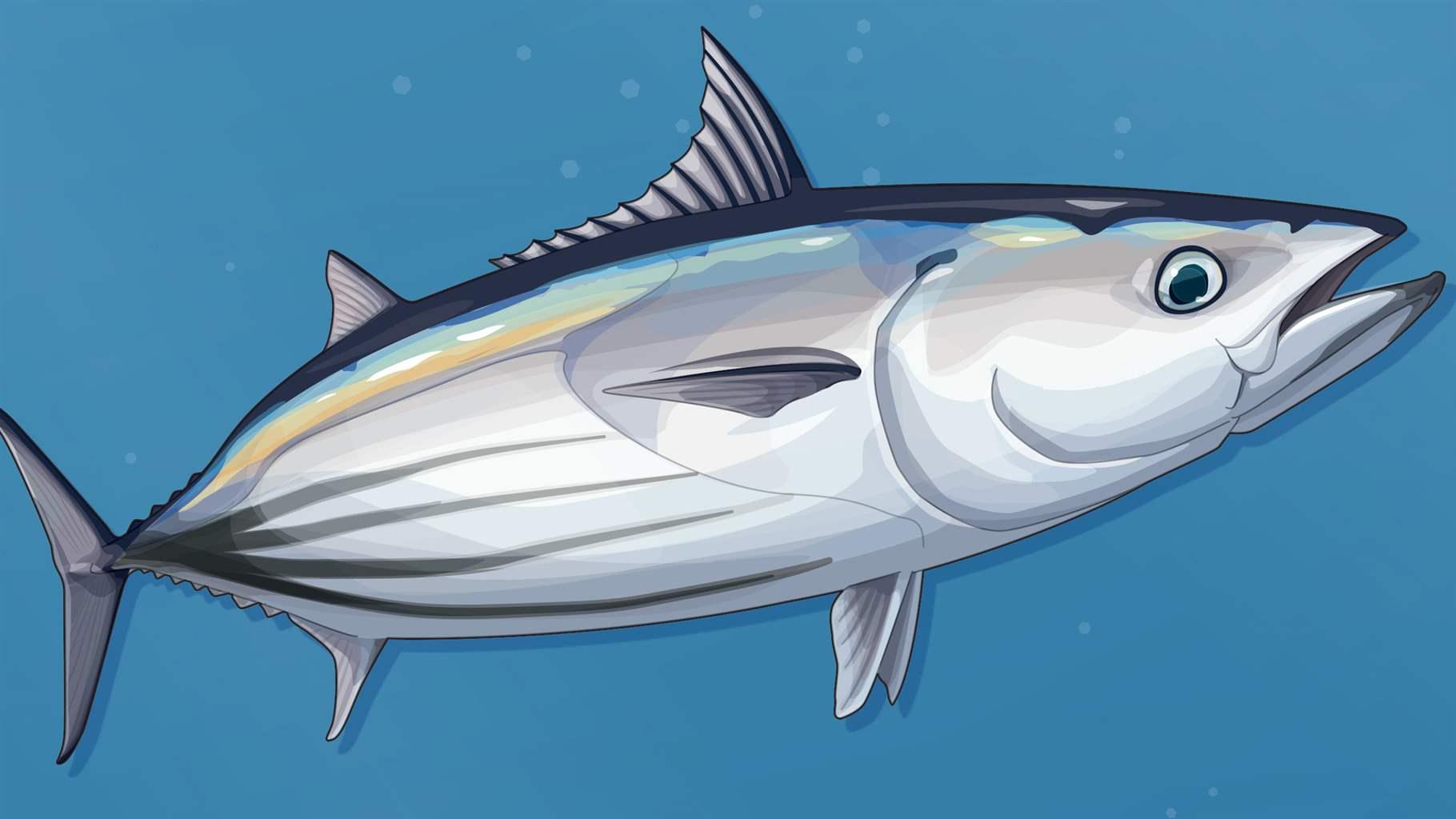
Skipjack tuna from the waters of the western and central Pacific Ocean could be called one of the world’s most popular wild-caught fishes.
Fishing vessels catch more skipjack tuna from this region than from the rest of the world combined. In fact, skipjack from the western and central Pacific region makes up 35% of the world’s total commercial catches of all tunas—not just skipjack. Mostly destined for the canning market, this skipjack stock is a critically important source of food and livelihoods for tens of millions of people around the Pacific and beyond.
This year, a major fishery management organization has an opportunity to ensure the sustainability of this valuable resource—and the benefits it provides—far into the future. When it meets in December, the Western and Central Pacific Fisheries Commission (WCPFC), the multilateral body with jurisdiction over tuna fisheries in the region, must adopt a harvest strategy for the skipjack population. This method is more modern and sustainable than traditional fisheries oversight and is already being successfully implemented by other management bodies around the world.
By adopting this method for skipjack, WCPFC member governments would make good on their 2014 agreement to develop harvest strategies for their key stocks. A harvest strategy is a pre-agreed framework for making fisheries management decisions, such as setting catch or “fishing effort” limits. For example, under traditional management an oversight body would agree to a catch limit for a year—or a number of years—that may or may not be sustainable and science-based. Under a harvest strategy, the fishing nations still set limits in advance but also agree, before fishing begins, to adjust them if certain science-based thresholds are hit, ensuring long-term sustainability grounded in science.
This helps shift the perspective from short-term, reactive decision-making to a longer-term vision and set of objectives. The result is a healthier fish population, which is better for the ocean, the seafood and fishing industries, and countries that rely on healthy fish populations—a fact acknowledged by both WCPFC and market stakeholders.
More than 1.7 million metric tons of skipjack were caught in the western and central Pacific in 2020, worth $2.45 billion at the dock. For now, despite increasing fishing pressure in recent years, the skipjack and South Pacific albacore populations both remain healthy, in contrast to other overfished species, such as Pacific bluefin tuna and striped marlin.
A well-designed and precautionary harvest strategy would help protect the long-term sustainability of these populations, even in the face of uncertainties such as climate change, levels of illegal fishing, biological fluctuations in a given population and more. To kick-start harvest strategy discussions, WCPFC’s first Science-Management Dialogue (SMD) meeting is scheduled for 19-22 August, and it will bring scientists, managers and stakeholders, including fishers and conservationists, to the table to discuss how to shape the skipjack harvest strategy. They will also discuss a harvest strategy for South Pacific albacore, which is vital to the economies of several Pacific Island States and the United States’ territory of American Samoa.
WCPFC was once leading the way on harvest strategies, but it has fallen behind other regional fisheries management organizations and remains the only tuna management body without a harvest strategy in place. This lack of concrete action has implications for some sustainable fishery certification bodies that operate in the region, threatening their continued use of WCPFC fisheries.
It’s imperative that member countries engage at the dialogue meeting in a spirit of cooperation to recommend a short list of potential harvest strategies to the full Commission for consideration. The ultimate goal is for adoption of the best, most scientifically sound version at the WCPFC annual meeting in December.
A similar task is on the table for the South Pacific albacore harvest strategy, but members agreed to devote the bulk of the time at the SMD meeting to skipjack. They can, however, still reach agreement at the dialogue meeting on how to advance the science and management inputs towards adoption of a full harvest strategy for the Pacific albacore stock.
WCPFC scientists and advisers have done a considerable amount of scientific and technical work for these two species. Now, the SMD meeting provides an ideal opportunity for WCPFC members to finish laying the groundwork for the December adoption of harvest strategies for skipjack and to set up a later adoption of one for South Pacific albacore. Harvest strategies are the best way to preserve these fisheries and help sustain the ecosystem and the people and industries that rely on them.
Glen Holmes is an officer with Pew’s international fisheries project and Dave Gershman is an officer with The Ocean Foundation’s international fisheries campaign.


